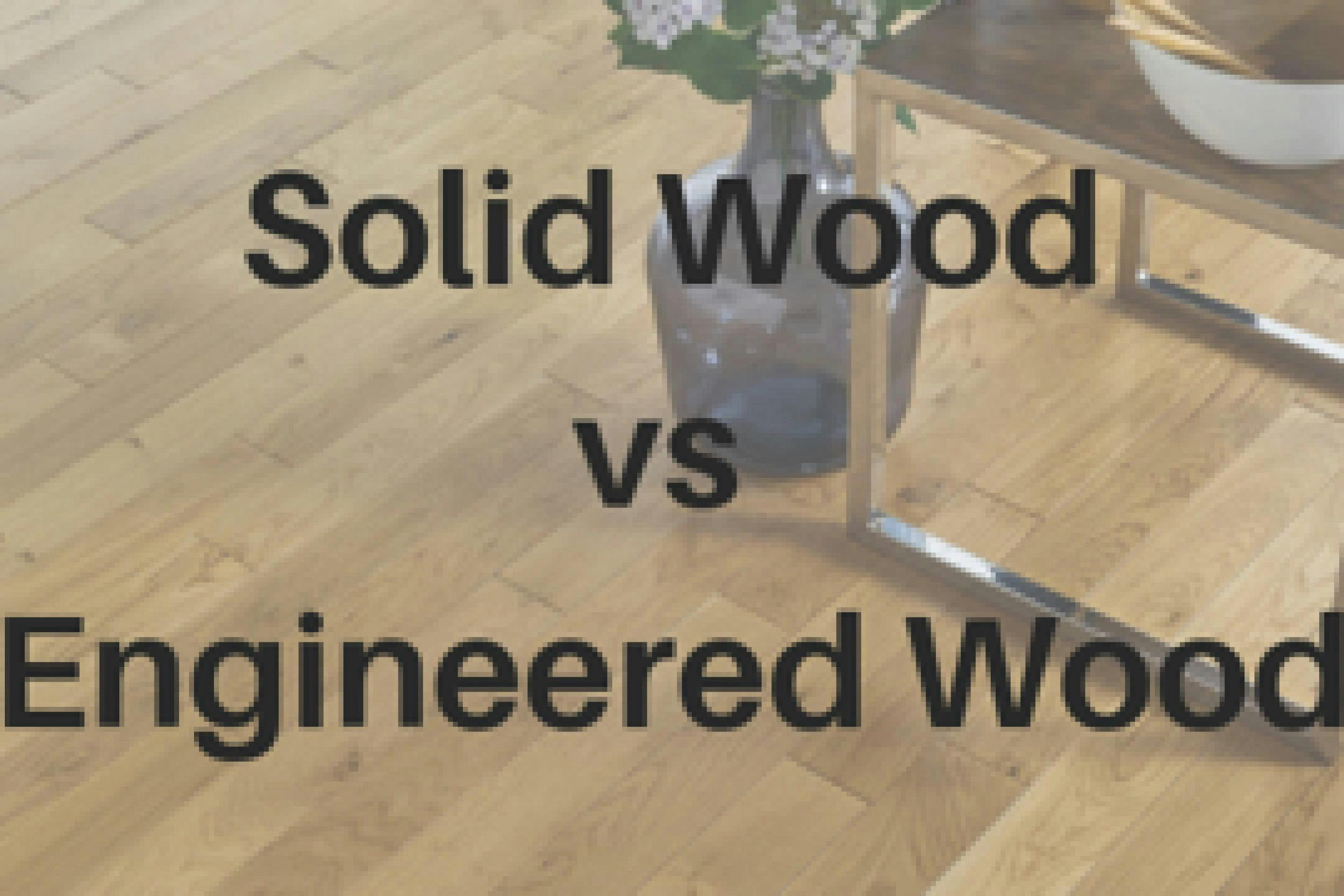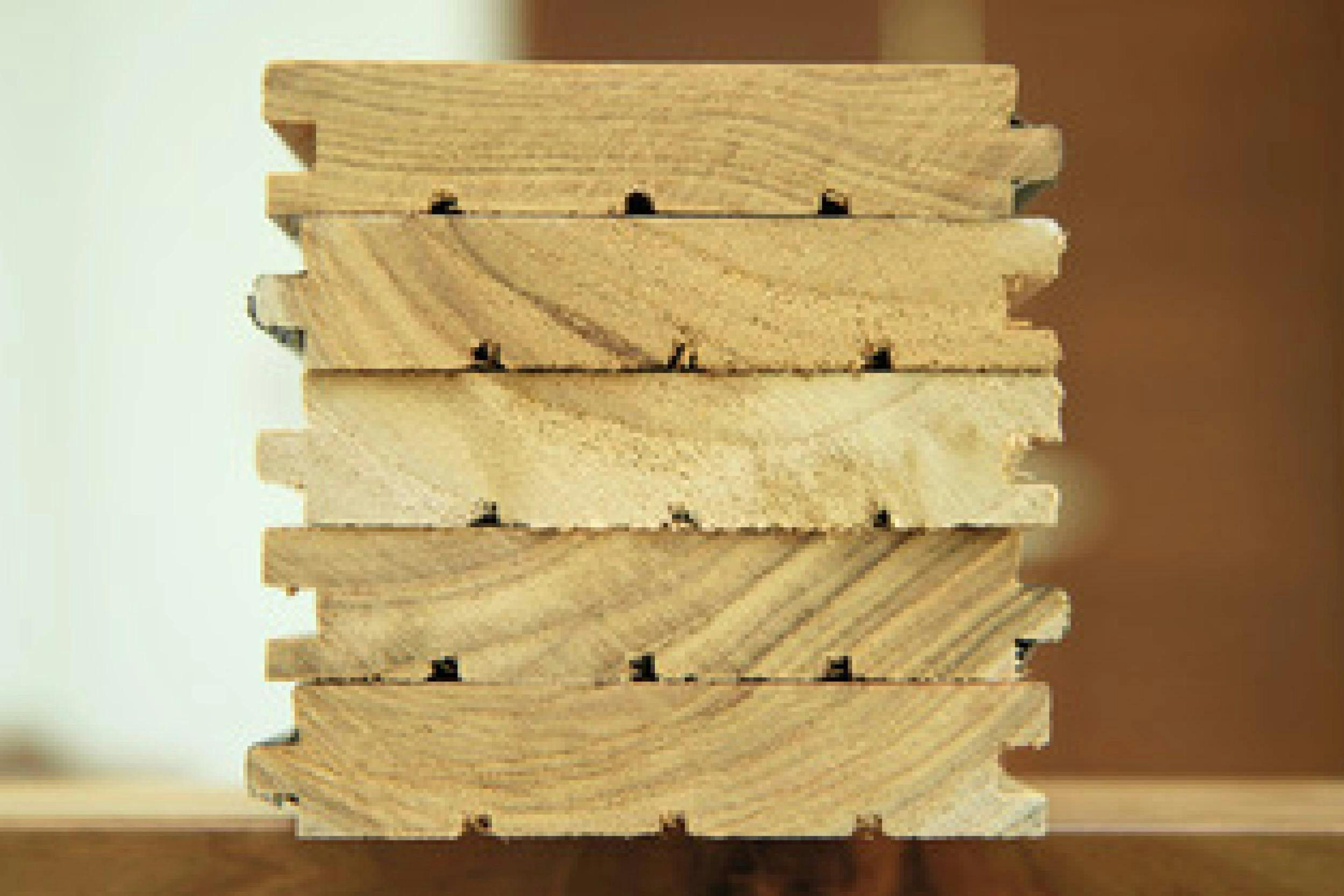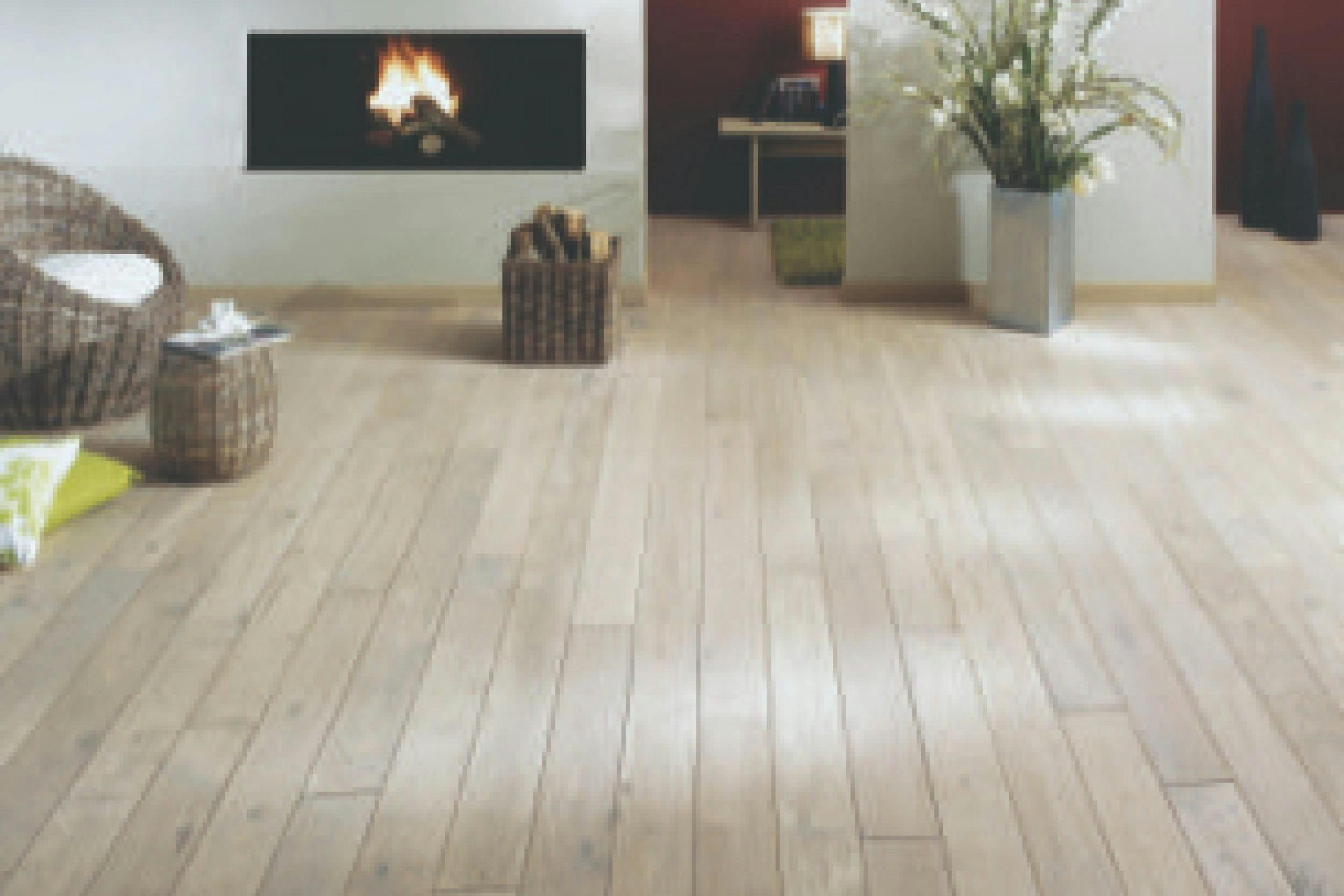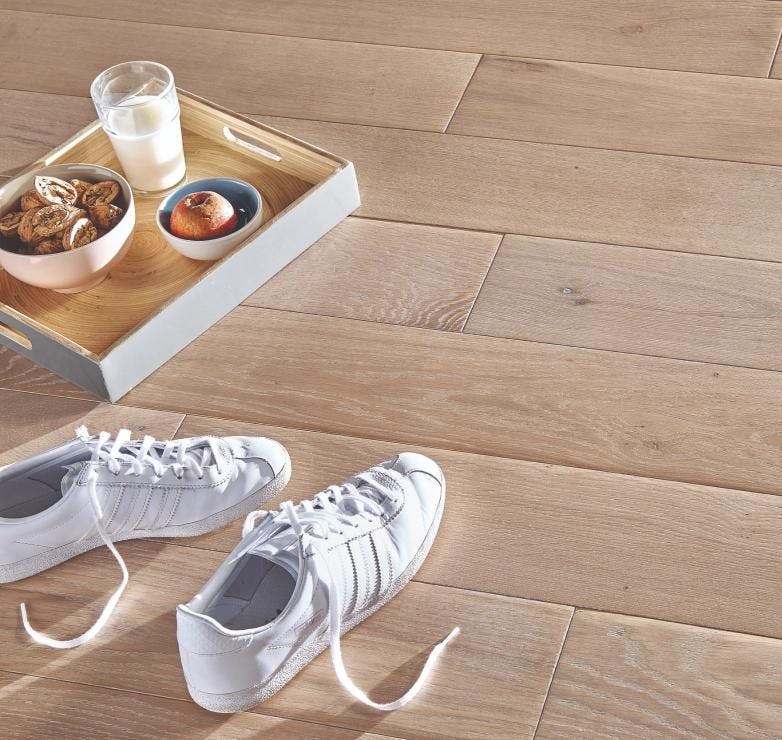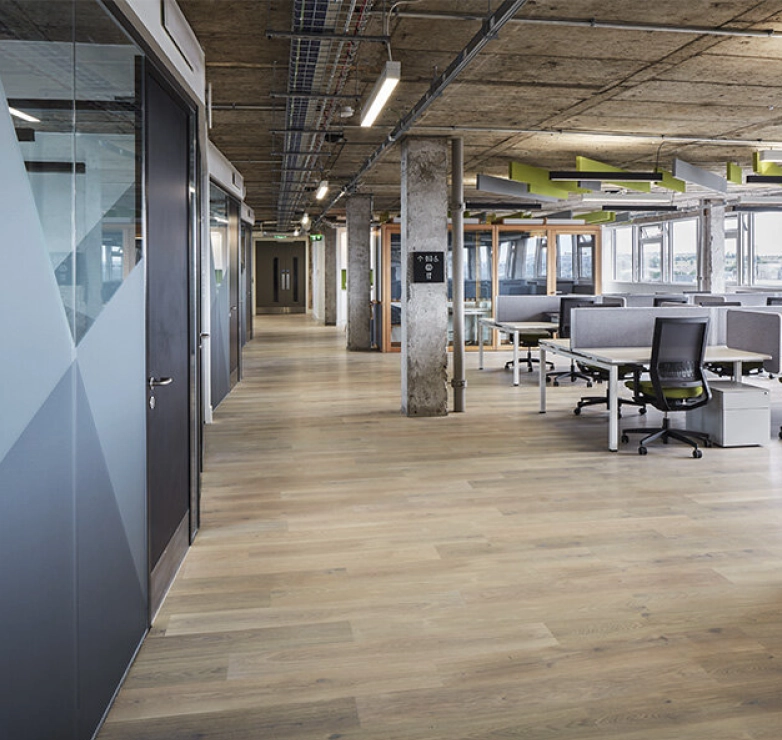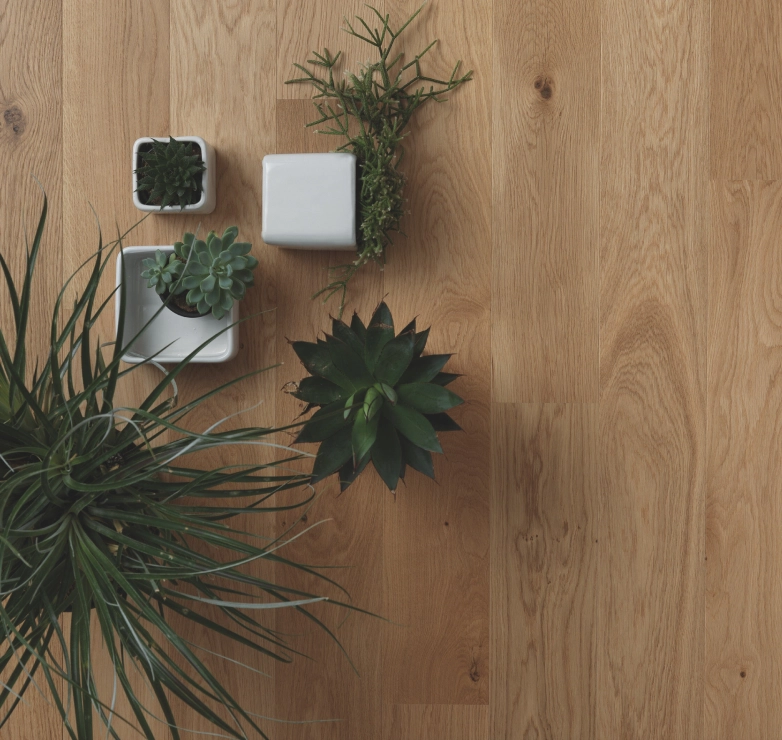Which should I choose - solid wood or engineered wood?
There are many factors that need to be considered when making a decision between engineered wood and solid wood flooring, such as which room it is being installed in, your budget, if you want underfloor heating, etc.
If you are looking at wood flooring in a room of the house or in a building where moisture is prevalent - the bathroom or a conservatory being a good example - then you would be far better off opting for engineered wood flooring.
Its plywood base is dimensionally stable because of the cross-wise layers, so it flexes less easily when it comes into contact with moisture.
This also means that it can cope well with constant changes in temperature which makes it the perfect choice if you want the addition of underfloor heating.
Consider the traffic in that particular room too. A family room with children running around and visitors always walking in and out would be considered a high-traffic area and that would work best with solid wood flooring because of its durability and the fact that it can be sanded down and re-finished many times. Also great for a home with pets.
You may also prefer the ease and money-saving benefit of installing the flooring yourself. If that’s the case then engineered wood flooring enables the use of the click system which is an easy method of installation that anyone is capable of doing.
In closing, if you want the look and feel of real wood but have a practical bent or financial restrictions, then engineered wood flooring is your best option.
Though it does not have the longevity of solid wood, when well-maintained it has the lifespan that most family homes need. Plus, it can be used in every room of the house so it works well if you want consistency throughout your home.
Solid hardwood, however, is for purists who have long-time prospects in mind and don’t have an issue with spending the extra money or getting a professional to carry out the installation.
Though there is no real difference in resale value, solid wood flooring is seen as the more luxurious and desirable of the two.


